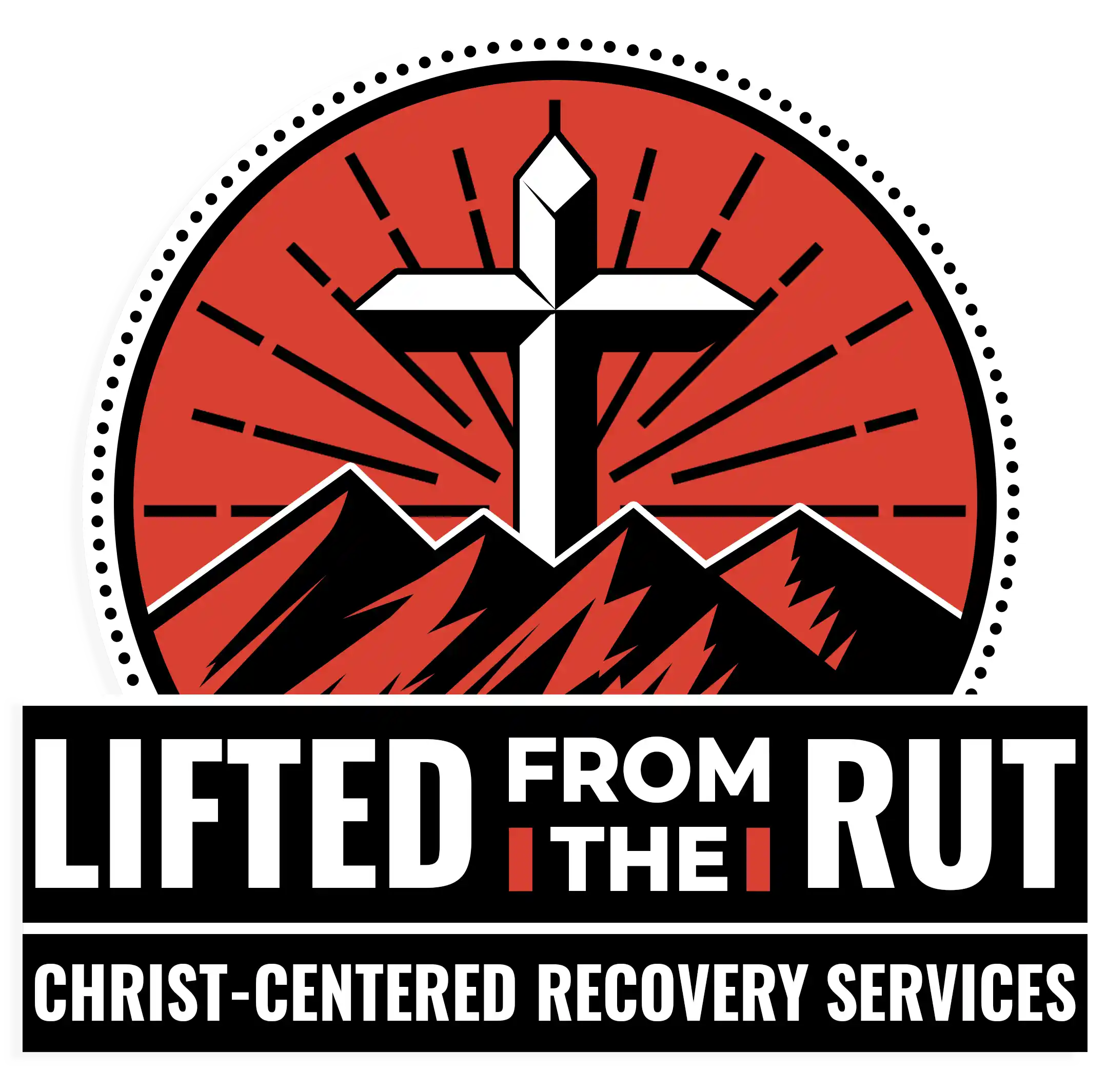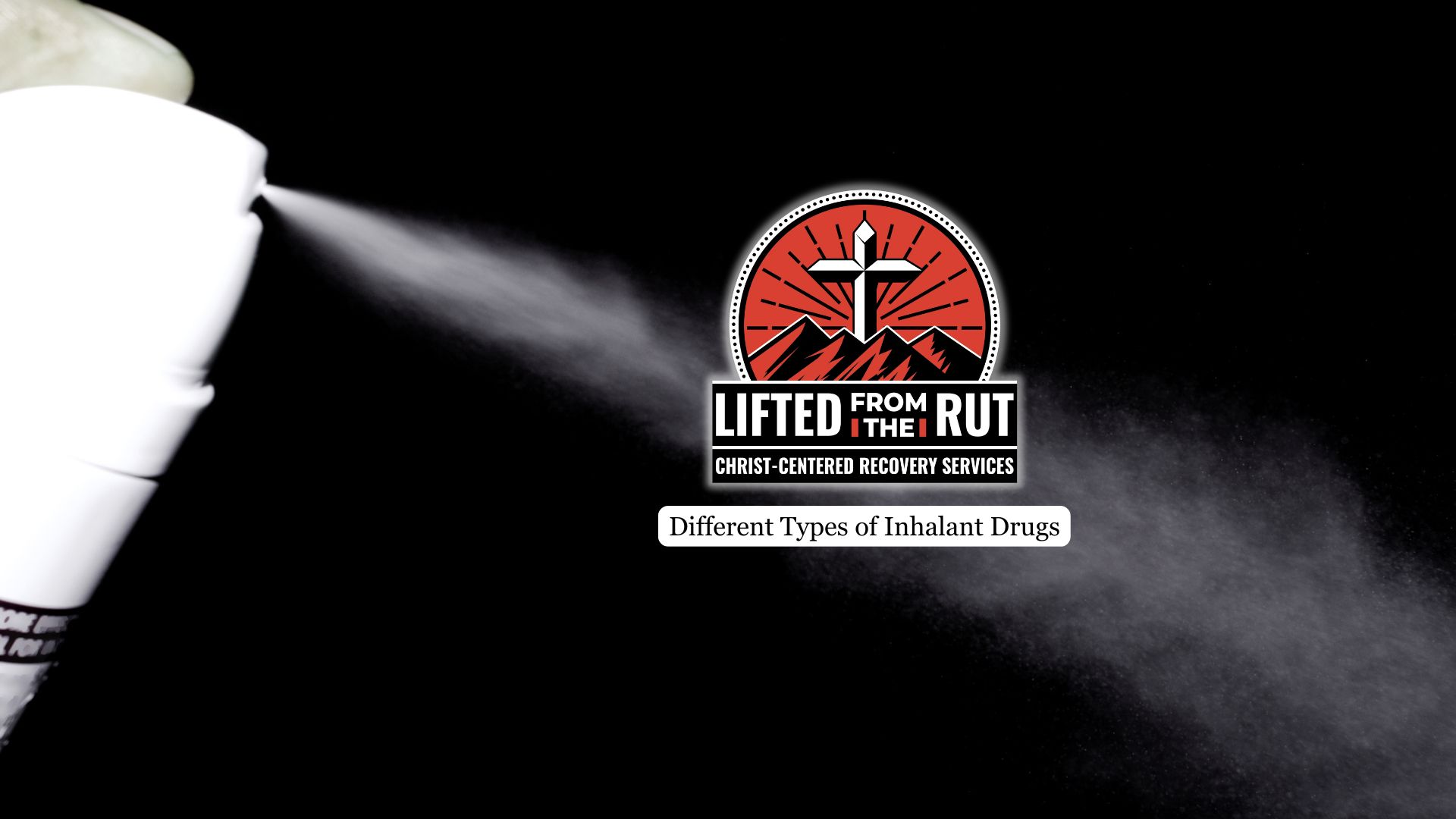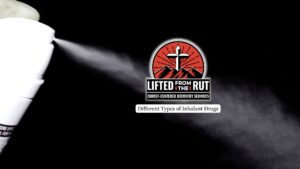Inhalant drugs are chemical vapors or gases that are intentionally inhaled to produce psychoactive effects. Although many of these substances are found in common household or industrial products, their misuse can be extremely dangerous.
Inhalants are particularly risky because they are inexpensive, easy to access, and often used by adolescents experimenting with substances. This article explains the different types, how they are used, and why they carry serious health risks.
What Are Inhalants?
Inhalants are a diverse group of substances that produce mind-altering effects when their chemical vapors are inhaled. Unlike other drugs that are ingested or injected, this type of addictive substance works almost instantly because the vapors are absorbed through the lungs and travel directly into the bloodstream, reaching the brain within seconds. This rapid onset creates a brief sense of euphoria, dizziness, or intoxication, effects that typically last only a few minutes.
Most inhaled intoxicants are common household, industrial, or medical products, which are not intended for human consumption and often contain toxic chemicals that can damage the brain, liver, kidneys, and other organs. For individuals struggling with chronic misuse, seeking professional help is critical.
Comprehensive inhalant addiction treatment provides a holistic approach to recovery, combining medical care, evidence-based counseling, and faith-centered support. This integrated care helps address both the physical harm caused by these substances and the underlying emotional and spiritual challenges that contribute to addiction.
Here are the main types:
Volatile Solvents
Volatile solvents are liquids that evaporate at room temperature and dissolve other substances. They are often found in household products such as paint thinners, gasoline, nail polish remover, correction fluid, and cleaning solutions. People misuse these substances by “sniffing” directly from containers, “huffing” from rags soaked with the liquid, or inhaling fumes in a closed space.
Aerosols
Aerosols contain both solvents and propellants, which are gases that expel the product from the can. Common examples include spray paint, deodorants, hair sprays, and cooking sprays. Aerosol abuse is dangerous not only because of the chemicals inside but also because propellants can displace oxygen in the lungs, leading to suffocation or sudden heart failure.
Gases
This category includes medical anesthetics and commercial gases used in products like whipped cream dispensers, lighters, and refrigerants. Nitrous oxide, often called “laughing gas” or “whippets,” is one of the most commonly misused gases. Other examples include propane, butane, and helium. These substances can cause a rapid high but also carry risks of frostbite, suffocation, or fatal cardiac complications.
Nitrites
Nitrites are chemically different from other inhaled intoxicating substances and are typically used as “poppers.” Examples include amyl nitrite, butyl nitrite, and cyclohexyl nitrite. These substances act as vasodilators, relaxing blood vessels and smooth muscles. Although some nitrites were once prescribed for medical purposes, recreational use can lower blood pressure dangerously and pose unique risks, particularly for individuals with heart problems.
Common Methods of Inhalation
People misuse these substances in several ways, depending on the type of product.
- Sniffing or Snorting – Breathing fumes directly from an open container, often used with solvents or certain gases.
- Huffing – Soaking a rag or cloth with the substance and holding it over the mouth or nose to inhale the vapors.
- Bagging – Placing the substance inside a plastic or paper bag and inhaling the concentrated fumes; this is extremely dangerous as it can lead to oxygen deprivation and asphyxiation.
- Ballooning – Filling balloons with gases such as nitrous oxide (“whippets”) and inhaling from them to experience a rapid high.

Health Risks and Toxicities
Inhalant use poses significant risks to both short-term safety and long-term health. Acute dangers include hypoxia (oxygen deprivation), seizures, irregular heart rhythms, and sudden cardiac death syndrome, a fatal cardiac event that can occur even with first-time use. Because these depress the central nervous system, they can quickly impair coordination and judgment, increasing the risk of accidents or suffocation.
Chronic misuse causes cumulative damage to the brain, liver, kidneys, and bone marrow, which may result in permanent cognitive decline, organ failure, or blood disorders. Some chemicals, such as toluene and benzene, are particularly hazardous, with well-documented links to cancers and severe neurological damage.
Why Inhalant Use Is Especially Dangerous
One of the most concerning aspects of abusing this particular type of drug is its accessibility. Many of these products are legal, inexpensive, and found in household or workplace settings, which makes them especially appealing to adolescents and young adults. The effects last only a few minutes, often prompting users to inhale repeatedly during a single session.
This pattern dramatically raises the risk of overdose, brain damage, and sudden death. Because these substances are not typically thought of as “drugs,” many individuals underestimate their dangers, leading to delayed intervention and higher rates of harm.
Prevention and Treatment
Prevention efforts should focus on education and early awareness. Parents, teachers, and healthcare professionals can reduce risk by teaching young people about the severe consequences of inhalant use before experimentation begins. For individuals already struggling with misuse, treatment often involves medically supervised detoxification, behavioral therapies, and counseling to address psychological triggers.
Comprehensive treatment programs can also provide dual diagnosis care for co-occurring mental health conditions, helping individuals replace inhalant use with healthier coping strategies and lowering relapse rates.
Final Thoughts from LFTR Christ-Centered Recovery Services
Inhaled intoxicants may seem harmless because they are found in everyday products, but their misuse can have devastating and even fatal consequences. Understanding the different types of inhalants, how they are used, and their health effects is crucial for prevention and early intervention.
At LFTR Christ-Centered Recovery Services, we offer inhalant addiction treatment in Littleton, Colorado, designed to address both the physical and emotional impact of inhalant use. Our faith-based, supportive environment helps individuals break free from the cycle of misuse while building a strong foundation for lasting sobriety.





